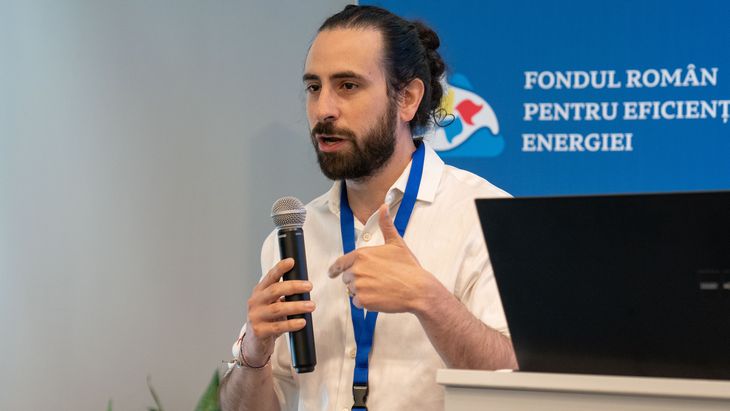Reducing the carbon footprint of the industrial sector is impossible without subsidies from the European Commission, but banks can contribute to this expenditure through credits or pre-financing.
“We believe that decarbonisation and the energy transition can only be achieved with subsidies and we, as a bank, want to be co-financiers,” said Sebastian Staicu, Structured and Sustainable Finance at BCR, during the conference “Energy efficiency for the energy transition – Brașov”.
“We want to support serious, achievable, sound plans. We don’t want to compete for European funds, we want to co-invest. In order to achieve decarbonisation it is extremely important that industry takes energy efficiency measures. It is the easiest and cheapest way for industry to do this. And we want to help industry.”
In recent years, BCR has developed a financing strategy for public authorities and companies in Romania interested in investing in energy efficiency and carbon footprint reduction solutions in line with European directives in this field.
The starting point for this process was the European Union’s sustainable financing strategy, which created the conditions for banks to redirect capital towards green and sustainable investments.
This redirection essentially means a standard measure at both European and global level for large financiers to create alliances and commit to certain targets, such as climate neutrality of the credit portfolio.
Other sectors that BCR finances are investments in building renovation, renewable energy projects, waste management and use, and sustainable agriculture.
The conference in Brașov was the first of a series of 5 scheduled by the Energynomics communication platform, the Romanian Fund for Energy Efficiency – FREE and the Directorate for Energy Efficiency within the Ministry of Energy. The project is financed by Norway Grants 2014-2021.
